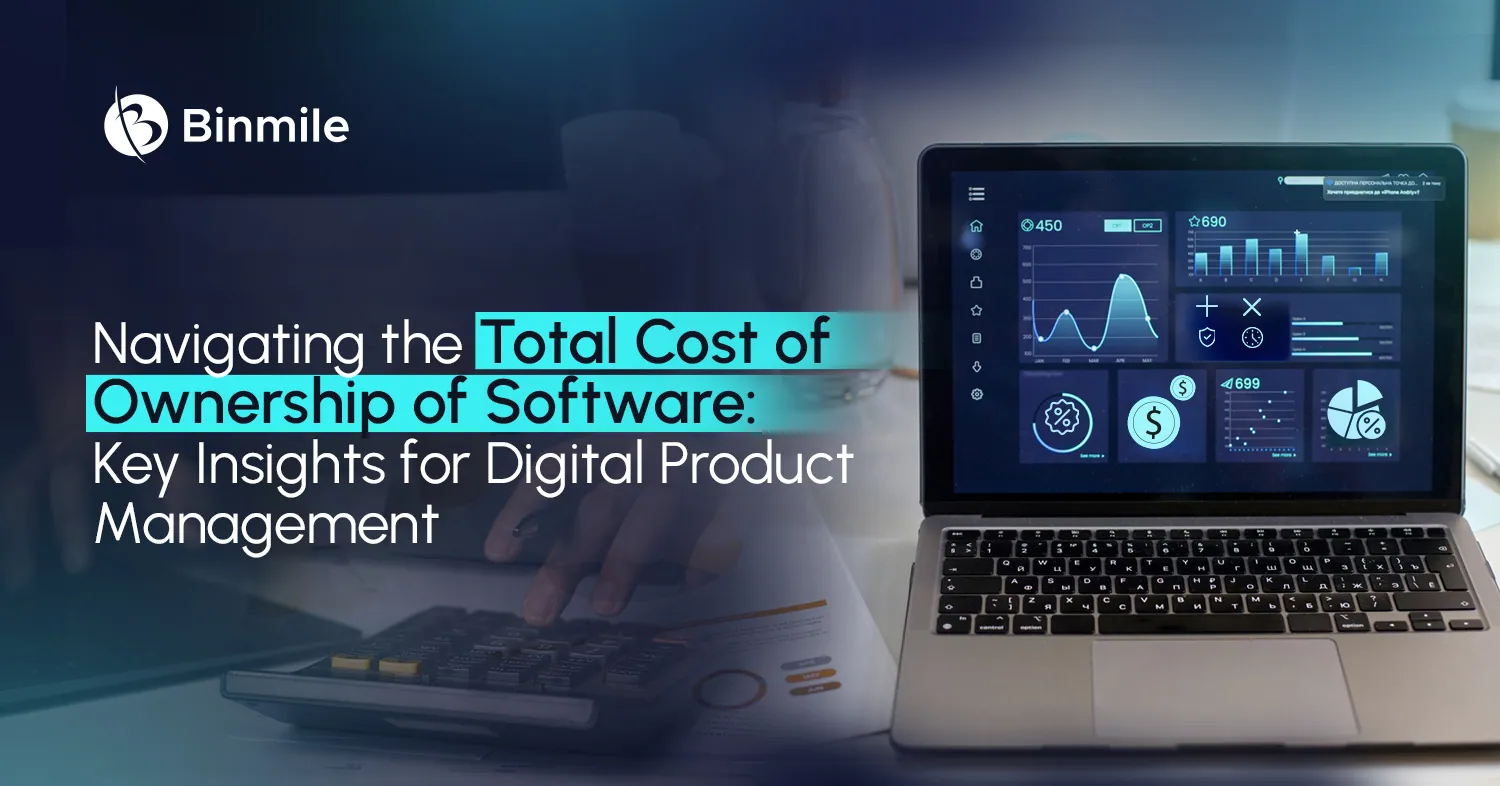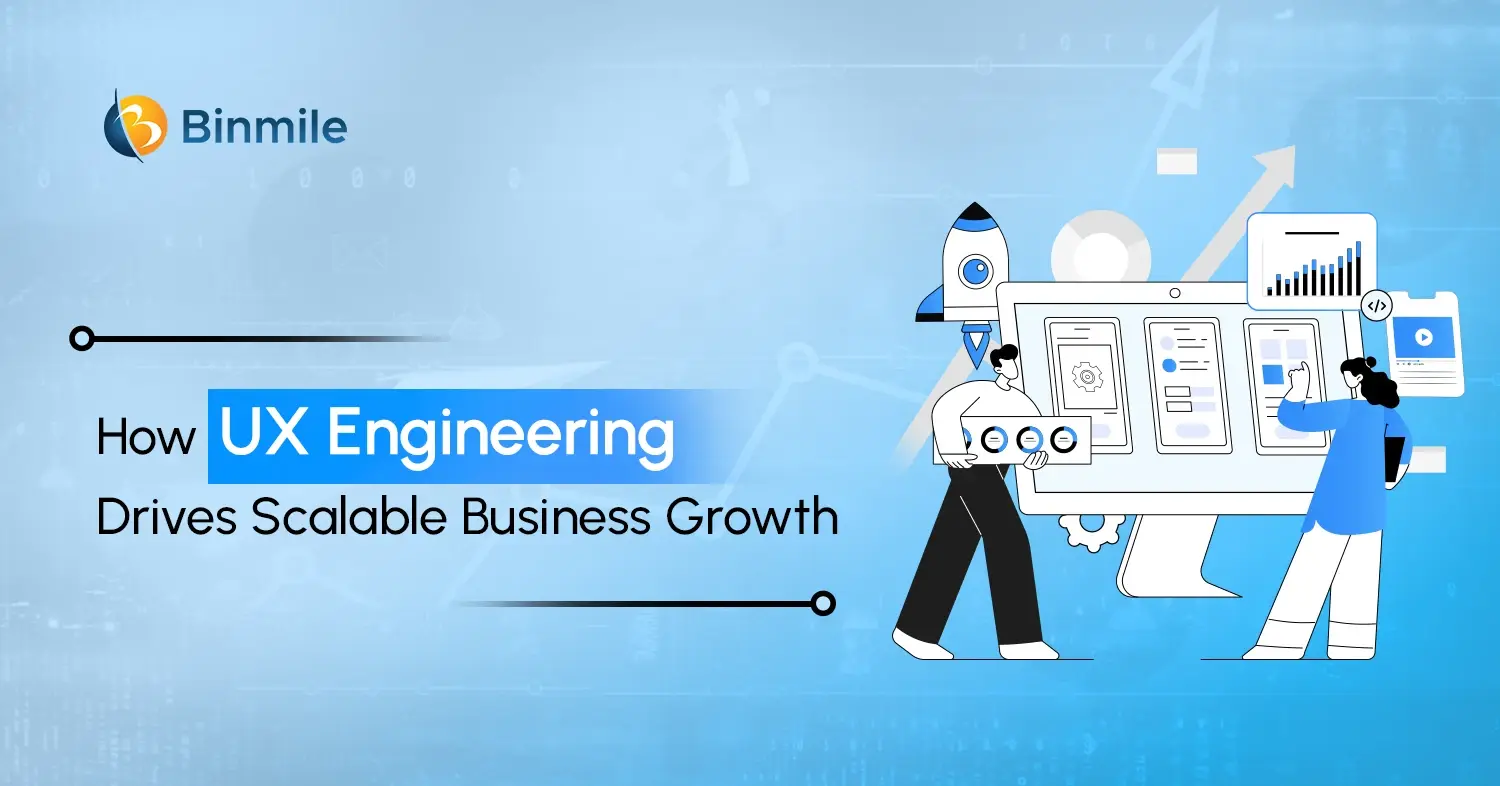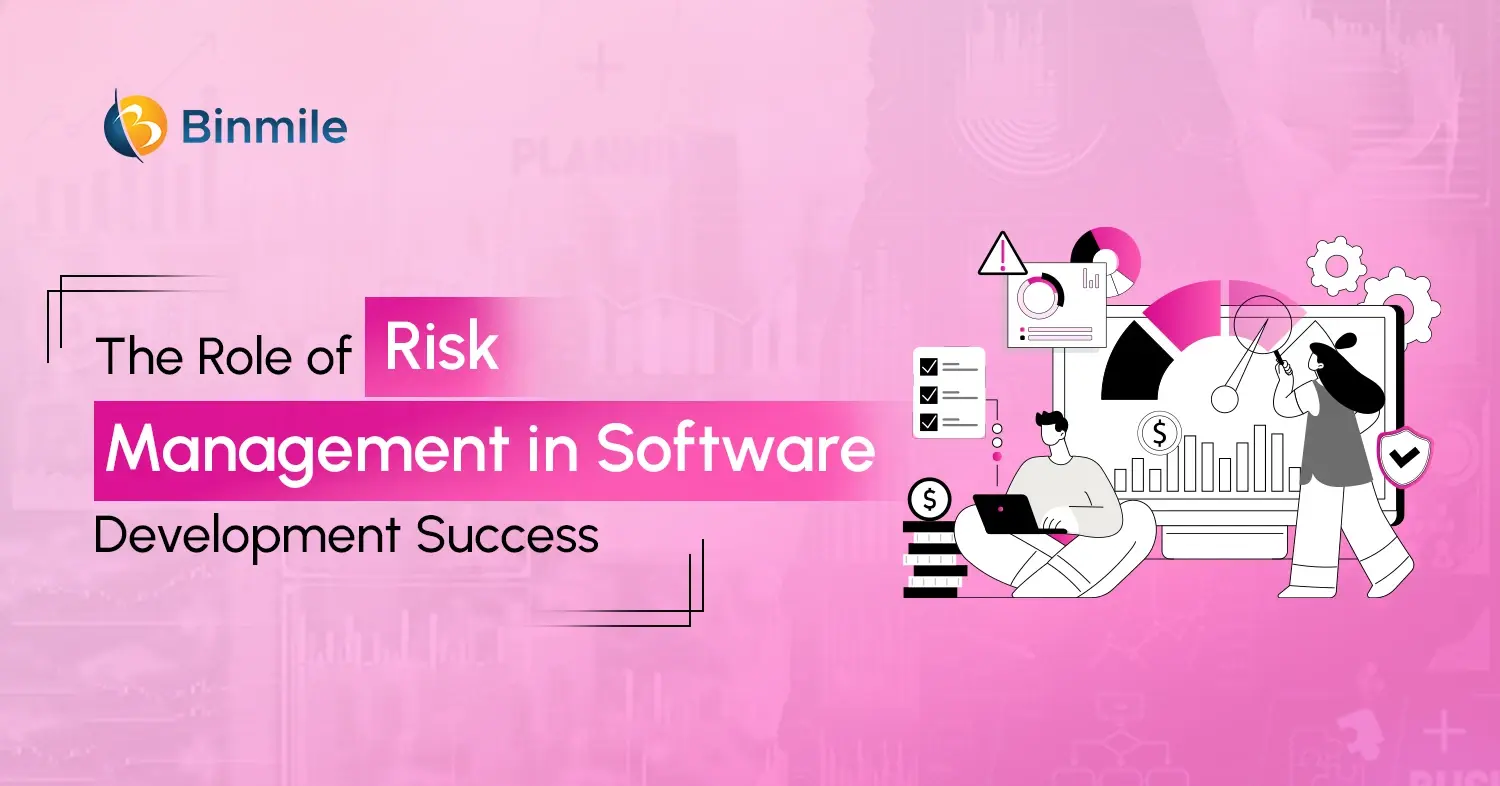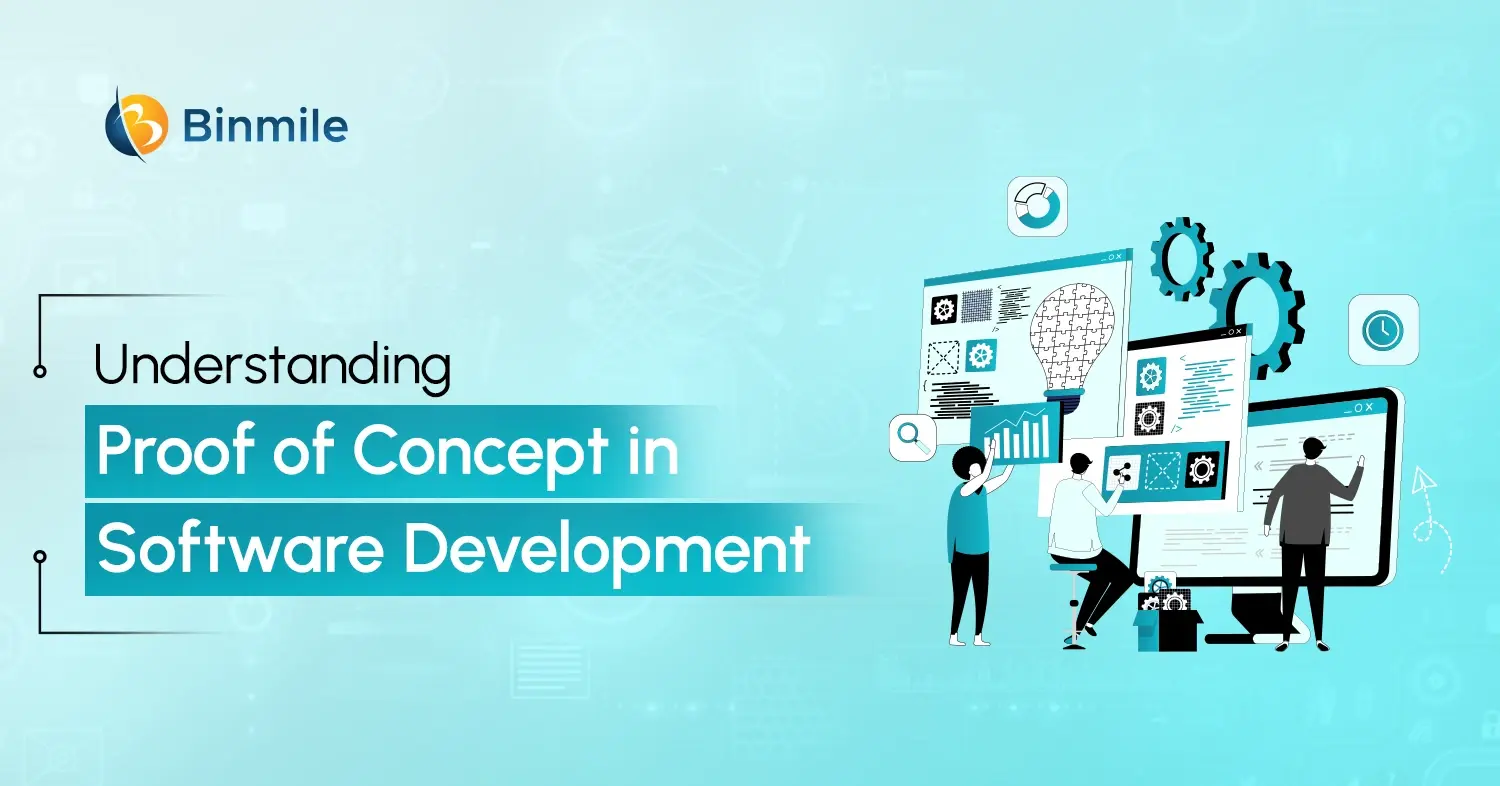Businesses quickly invest in custom software development to cope with the rapidly advancing IT landscape. Given the pace of innovation and digitalization, they buy or build several software tools that not only streamline their operations, and increase the efficiency of business practices but also reduce overhead costs. However, when organizations invest in new software, they are more focused on the advantages, what goes unnoticed or unattended is the cost aspect— not the initial price but also securing approval and determining the return on investment. Why is it important? Well, accurately forecasting and calculating the total cost of ownership of your software throughout its lifecycle helps you make informed IT decisions, optimize investments, and ensure sustainable product success.
After all, a successful software development cycle is also defined by its long-term viability and profitability and not just how it performs. This is where the Total Cost of Ownership, or TCO, comes into play. It’s a comprehensive metric that includes an estimation of the overall expected expenses—to purchase, configure, install, use, monitor, maintain, optimize, and retire a product or service— organizations may incur throughout the digital product’s life cycle. However, determining the TCO of a software purchase is a complex process and may require follow-on and hidden factors that must be taken into account. So, in this blog, we discuss what’s a TCO, its key cost component, and 6 tips to help you achieve a more accurate TCO estimate.
Total Cost of Ownership: How to Calculate and Optimize Your Digital Product Investment
TCO, or total cost of ownership, comprises 4 types of costs: development, operational, maintenance and support, and retirement cost. Let’s understand them in detail.
- The initial cost of developing the product,
- The operational cost of running and managing it,
- The maintenance and support cost for updates, bug fixes, customer assistance, and
- The retirement cost for decommissioning the product.
How Does TCO work?
Let’s understand these 4 major components to calculate TCO for enterprise software with an example of how an XY business investing in a new computer system and now needs to conduct a thorough analysis of the total cost of ownership is an investment. As we know, the computer system has an initial purchase price, however, the additional costs may include a new software license, installation, transition costs, employee training, security costs, disaster recovery planning, ongoing support, and future upgrades. The organization considers these costs as a focal point and compares the advantages and disadvantages of investing in the computer system as well as its overall benefit to the company for the long term.
On paper, the total cost of ownership of a digital product may seem tedious, but it can be especially important when comparing an existing software with a new one. It can help you uncover the true financial and operational impact of a technology decision. Without a total cost of ownership analysis, you may not have a clear understanding of whether any investment in new software delivers greater value over time compared to maintaining the current solution. Thus, having TCO in progress enables you to make strategic decisions that optimize resources, minimize risks, and prevent unnecessary future losses that can arise from focusing only on the immediate direct costs of a purchase or its benefit.
Find the Real Total Cost of Ownership of Your Software: A Step-by-Step Guide
Understanding the true cost of your digital product goes beyond just development expenses. By calculating the Total Cost of Ownership (TCO), you can make informed decisions and better manage your resources. Follow these six steps to determine the TCO of your digital product:

1: Identify Initial or Direct Costs
Start by accounting for all costs associated with the initial development of your digital product. These upfront costs form the foundation of your TCO calculation and need to be included in a TCO analysis, such as:
- Purchase Price
- Hardware Costs
- Software Licenses
- Implementation Costs
- Application performance management
2: Account for Ongoing Operational Expenses
Once your product is launched, you’ll incur regular operational costs. So, the expense of software maintenance and support, either through annual contracts or ongoing obligations for custom solutions, plays a substantial role. Moreover, don’t overlook the expenses related to implementing your digital product. Consider these recurring costs:
- Maintenance Fees
- Training Cost
- Energy Costs
- Integration and Training Costs
3: Assess Indirect Costs and Risks
Indirect costs are less obvious costs but do have potential risks. This includes estimating the impact of potential downtime and associated revenue loss, cybersecurity risks and potential breach costs, regulatory compliance expenses, opportunity costs of choosing this solution over alternatives, and end-of-life and decommissioning expenses. While these costs may be harder to quantify, they’re crucial for a comprehensive TCO calculation.
- Lost Productivity
- Security Costs
- Cybersecurity risks
- Regulatory Compliance Cost
- Opportunity Costs
4: Evaluate Both Tangible & Intangible Benefits
It’s crucial to identify and quantify the value your software is bringing to your business and its operations. This assessment helps you gauge the product’s value and determine if it’s aligned with your budget and organization’s goals. These points can help:
- Increased Efficiency
- Reduced Costs
- Improved Customer Satisfaction
- Competitive Advantage
5: Calculate the Total Costs
To calculate the total cost of ownership, add up all the direct, ongoing, and indirect costs. This will give you a comprehensive view of the financial implications of using the digital product. Consider these factors:
Ensure accurate calculations by utilizing TCO tools and software.
- Consider utilizing consistent timeframes and currencies.
- Use discount rates if applicable and perform sensitivity analysis.
- Be aware of hidden costs (maintenance costs or security expenses, among others).
- Factor in external factors such as economic conditions or industry regulations.
6: Make an Informed Decision
Compare the total cost of ownership to the expected benefits. Analyze the product’s long-term value and sustainability. Consider factors such as the product’s lifecycle, support availability, and potential for future upgrades. Make an informed decision about whether the product is a worthwhile investment for your organization. These can help:
- Compare the total cost of ownership to the expected benefits.
- Analyze the product’s long-term value and sustainability.
- Make an informed decision about whether the product is a suitable choice for your organization.
Don't Guess, Calculate & Maximize Your Software Investment: Request Your TCO Assessment Today!

Calculate the Total Cost of Ownership of Your Digital Product: Quick Tips
Any total cost of ownership has the above-mentioned 4 major components, and there’s indeed no one-size-fits-all way to calculate the TCO of your digital product as it depends on your unique IT environment and business requirements. Though, we’ll be sharing key steps to help you have an estimate, it’s always a good idea to reach out to a digital transformation company, as their IT consulting and strategy services can help you anticipate how this new software will impact various parts of the organization.
TCO = Purchase Price + Ongoing Costs + Indirect Costs
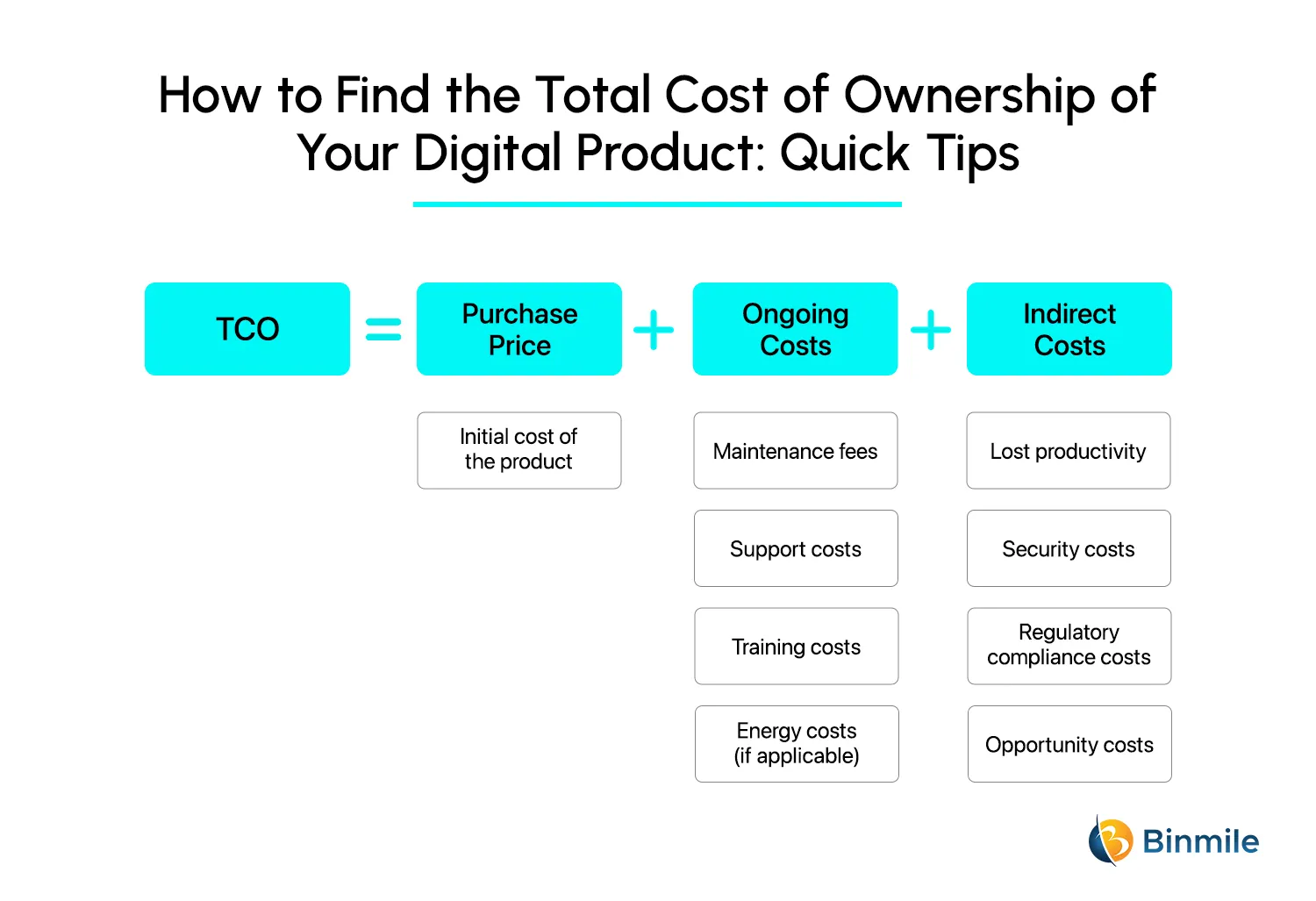
- Purchase Price: It’s the initial cost of acquiring the software license or subscription.
- Ongoing Costs: These are recurring expenses associated with using the software, such as:
- Maintenance fees
- Support costs
- Training costs
- Energy costs (if applicable)
Indirect Costs: These are less tangible costs that can significantly impact the overall TCO, including:
- Lost productivity
- Security costs
- Regulatory compliance costs
- Opportunity costs
Additionally, you can also use some of the popular TCO calculators or software that help you efficiently and accurately calculate the total cost ownership of your software. Some of them are:
- AWS TCO Calculator
- Microsoft Azure TCO Calculator
- Google Cloud Platform TCO Tool
- Gartner TCO Calculator
- IBM Cloud TCO Calculator
Also Read: Software Development Cost
Effective Strategies to Lower Total Cost of Ownership of Software: 4 Tips to Consider
We’ve so far understood how TCO can be calculated and why it’s important to accurately and effectively calculate the total cost of ownership of your software. Let’s now discuss a few steps on how to reduce the TCO of your software to help you make informed decisions that align with your long-term vision. A guide to the total cost of ownership will ensure that every step towards digitalization is a step towards greater efficiency and success.

Tips 1: Streamline Processes with Automation
Intelligent automation offers enterprises the ability to streamline operations, reduce manual errors, and free up valuable human capital for more strategic tasks. Start by mapping out your business processes to pinpoint bottlenecks and areas that can be automated. However, do remember that while automation brings immediate cost savings, its true value lies in its long-term impact on your organization’s agility and innovation capacity. So remember you’re not just cutting costs—you’re investing in the future of your enterprise, ensuring that your team can dedicate their efforts to what they do best: innovating and pushing the boundaries of what’s possible in your industry.
Tips 2: Regular Software Audits and Optimization
Conducting regular software allows you to identify and eliminate unused or underutilized software licenses, preventing unnecessary spending. They also provide opportunities to optimize software configurations for better performance, potentially extending the life of your current solutions. Moreover, continuous assessment enables you to plan for future needs more accurately. Thus, helping you avoid overprovisioning and ensuring your software investments align with your business requirements.
Tips 3: Utilize Open-Source Frameworks and Tools
Open-source frameworks and tools can drastically reduce software licensing costs, which can quickly add up over the product’s lifecycle. Additionally, these tools can require additional in-house expertise for setup and management, so it’s essential to weigh the savings against potential operational costs. Many open-source solutions offer robust community support, making them an excellent fit for non-core functionalities within your digital product. However, you should still perform a thorough assessment of the tool’s viability and support ecosystem.
Tips 4: Design for Maintainability and Modularity
Building your digital product with long-term sustainability in mind is crucial for reducing future costs. Modular designs allow different parts of your product to be updated, replaced, or scaled independently without requiring extensive rewrites of the entire system. This approach helps prevent costly overhauls and ensures that maintenance efforts are focused on smaller, manageable parts of the product. Additionally, writing clean, well-documented code makes it easier for future developers to manage and improve the product. This reduces the cost of onboarding new talent and speeds up the resolution of issues or enhancements, lowering long-term maintenance costs.
Optimize Your IT Infrastructure for Maximum ROI and realize the true potential of your digital Transformation!

Closing Statement
To fully realize the potential and maximize the investment of your software purchase, Total Cost of Ownership (TCO) is a great tool for sustainable success in software development engineering. It’s more than just numbers and is a framework that helps you uncover your product’s financial and operational impact. Additionally, doing so not only helps you understand the various cost components, and then calculate the total cost of ownership accurately but also implements optimization strategies. Of course, both the anticipated benefits of new software as well as the expected TCO are only estimates that depend a lot on your initial investment, business goals, or evolving technological landscape. Thus, a detailed TCO analysis helps businesses make informed decisions not only about which software to buy and how to use it but also whether the product is delivering the expected results and staying within budget.
However, all enterprises aren’t well-versed in tech or lack time for tech initiatives. That’s where they need a knowledgeable technology partner to minimize TCO and help in the growth plan. As a leading product management consulting, we can help enterprises minimize the TCO of a digital product and maximize the value it brings to their business and end users.
Frequently Asked Questions
Total Cost of Ownership (TCO) software is a tool that helps businesses calculate the complete costs associated with acquiring and maintaining a product or service over its entire lifecycle. It includes initial purchase costs, installation, maintenance, support, training, operational expenses, and disposal costs. By providing a comprehensive view of these expenses, TCO software enables organizations to make informed purchasing decisions and identify potential cost-saving opportunities.
The benefits of TCO optimization in customer service include:
- Cost Reduction: Identifying and minimizing unnecessary expenses associated with customer support operations.
- Improved Efficiency: Streamlining processes to enhance response times and reduce resource wastage.
- Enhanced Customer Satisfaction: Providing quicker and more effective service, leading to happier customers and increased loyalty.
- Better Resource Allocation: Optimizing staffing and technology use to ensure resources are used effectively.
- Data-Driven Insights: Gaining valuable insights from TCO analysis to inform strategic decisions and improve service quality.
